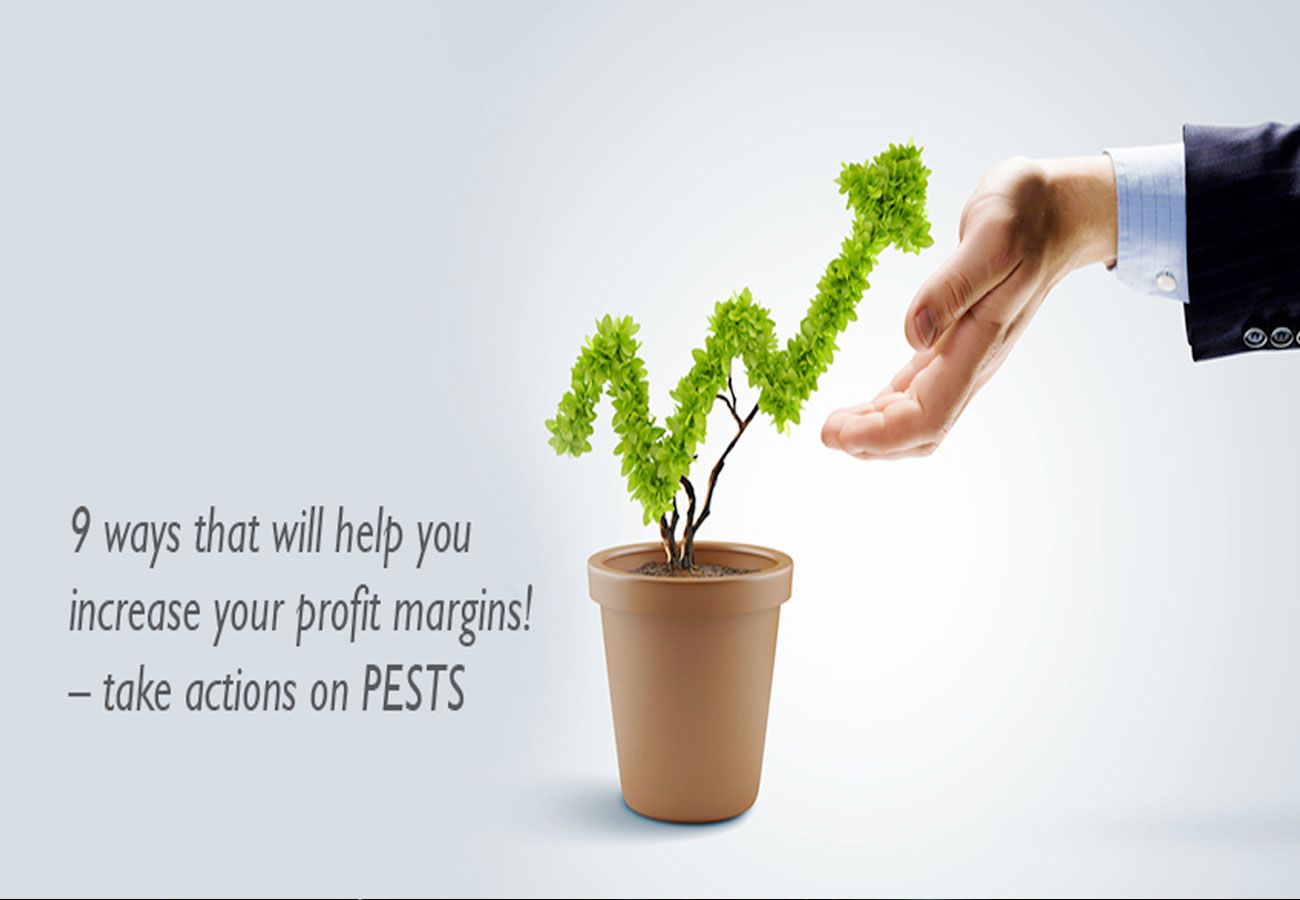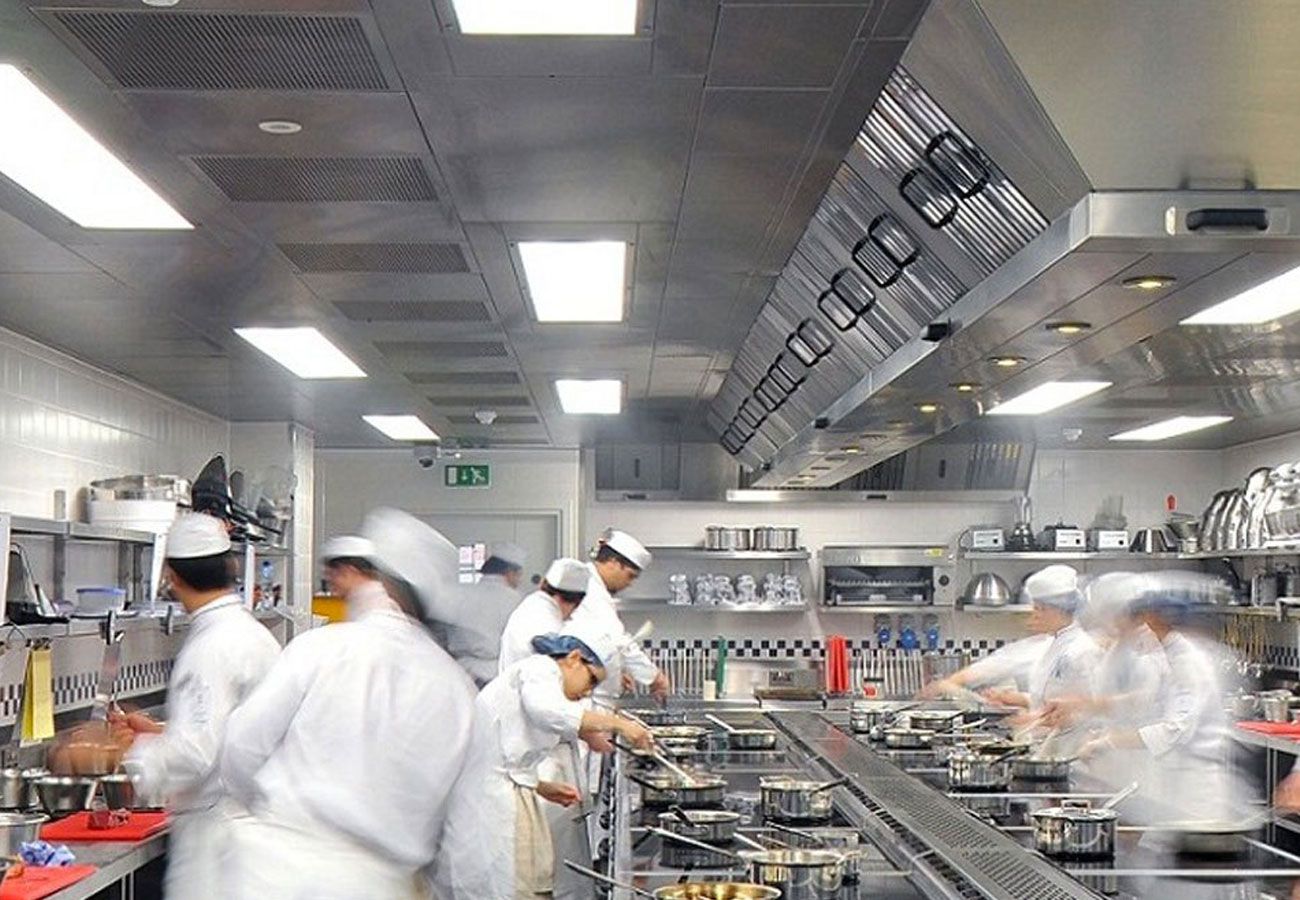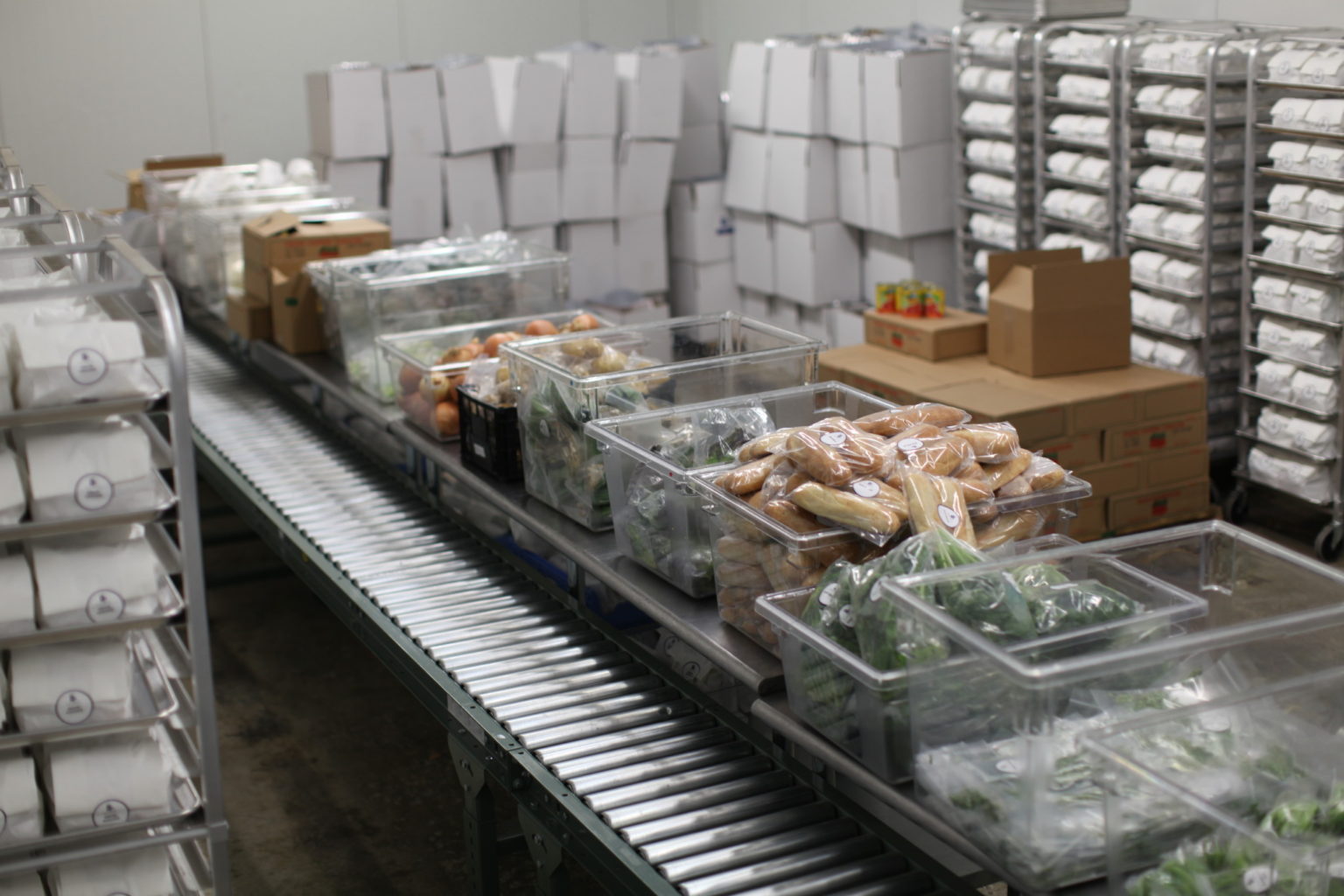We had our tongues somewhat in cheek in describing this topic under the acronym of PESTS, but it seemed to be appropriate for us in the food industry, don’t you think? We all know what a constant battle we wage against pests…so we figured that this acronym would be something that would stick…and that, incidentally, is a simple key to making some of these actions really have an effect… get the concepts to stick with people! So, on to our list of:
Actions to take on PESTS that will increase your profit margins… Productivity gains; Energy reductions; Safe workplaces; Temperature-load reductions; Sustainability
Every owner/manager everywhere probably harbours the desire to increase Productivity, but with the huge amount of information available on the topic, it may be difficult to decide what to focus on. Well really, the fact is that we can’t do too many things at once anyway, so the important decision to be made is: just focus on 1 or 2 areas to start with, & do them thoroughly! (Interestingly, a quick Google search on this topic shows the #1 tip for (personal) productivity from both ‘Lifehack’ & ‘OPENforum’ is “Have a single-purpose focus”)
1. Challenge your staff to get a personal APP! – Apply themselves Primarily to be Productive
Regarding the subject of reducing Energy usage, we could not be any more helpful to those in this industry than to refer to a very applicable case study on exactly this in mid-2013. You can review it here: https://sclaa.com.au/energy-efficiency/assets/pdfs/AIRAH_cold_storage_casestudy.pdf This is a somewhat exhaustive document – & includes considerable capital expenditure, etc – but there are likely gains to be made in the implementation of any of these findings. We all are aware of the ever-rising cost of power, & it is our firm belief that the real gains to be made in this direction, is in the smarter use of energy. ie. reducing the amount of energy required to do the same work! In this vein then, we should:
Encourage everyone to SAVE! (the E is for energy!)
2. Shelter from the sun – where possible, the shed walls & windows should be shaded. Equipment – especially that for refrigeration – should be sheltered. Often shadecloth is as good as any for this – especially for equipment, because it allows for full air movement also
3. Adjust door seals to reduce cold air loss
4. Ventilate all refrigeration units properly! (Just as it is hard to breathe through a paper bag, an a/c unit must also have plenty of airflow to work properly)
Another topic that should never be out of a manager’s mind, is that of the demands of Safe workplaces. What is very well proved is that a safe workplace is better in every way than an unsafe one… it attracts better staff, is more productive & efficient, is a better investment, is simply a better ‘place to be’! What is sometimes overlooked by managers, is that a workplace with an uncompromising attitude to safety, is a lower risk workplace, & therefore can enjoy lower insurance premiums…
5. Make safety a mandatory principle, & your margins will be better!
Well the next element – reducing Temperature loads – is a real ‘hot’ subject! …especially since we are all about trying to keep things cool or cold! It should be very obvious that anything at all that produces or radiates heat-energy, is ‘taboo’ inside a coolroom! The most obvious offender in this regard of course, is the light sources. What is critically needed in these situations is a light source that does not emit any heat energy. The best candidate for this application of course is the new generation LED lights. In the case study referred to above, this option is particularly noted for a rapid ROI. It is truly remarkable just how good some of these lights are now. With virtually no heat energy produced, & a greatly reduced energy consumption in operation, it would seem that this is a very attractive & rapid way to increase margins.
6. Trial some of the latest generation LED lights & watch the margins increase (as the costs go down!)
Lastly, establish a culture of TLC! It is well known to any manager, that if change is to be Sustainable, it must become a habit…& often this is as simple as getting the methodology to stick!
7. Turn off equipment when not in use
8. switch off Lights when not needed
9. Close doors & windows whenever possible
To sum this up, we really believe that everybody in every department of every organisation can do something to increase profit margins! The key is ‘to do something’. A very wise piece of counsel that we have heard is: ‘pick a number & manage it’…ie. just review 1 metric & make myself accountable for it – watch it, improve it, report on it…
If you want some more information on any of these topics, pls be free to reach out to us at sales@leitech.com.au or browse www.leitech.com.au
We could even provide some graphics for you on these catch-phrases if you like them! BTW, if you have any comments on anything herein, we would love to hear from you! Comment on this article here
A. APP – get a personal APP!
B. SAVE – look for every way to SAVE!
C. TLC – establish a culture of TLC!








